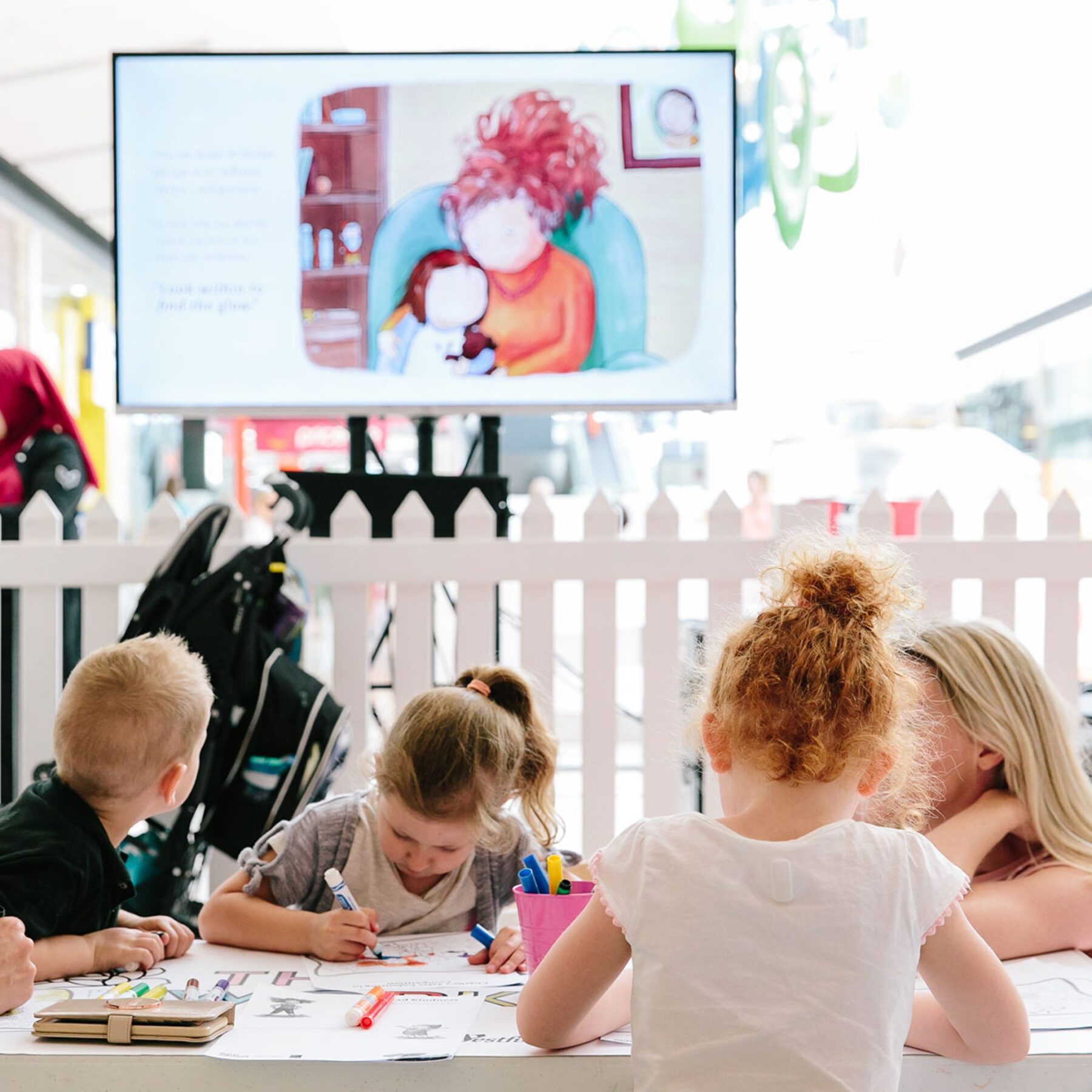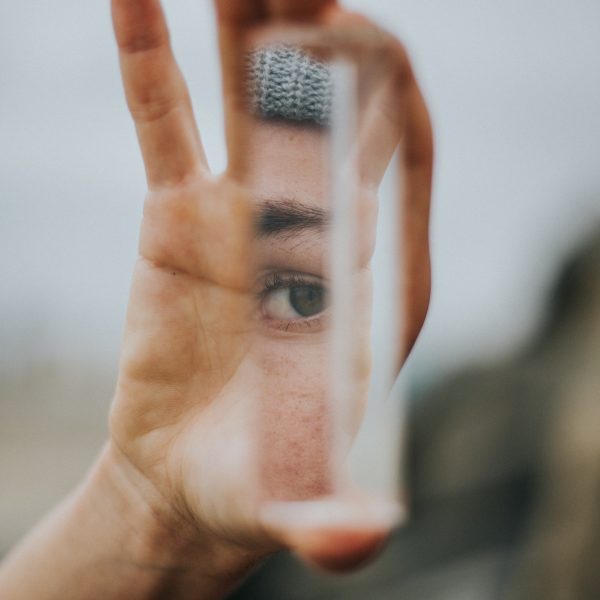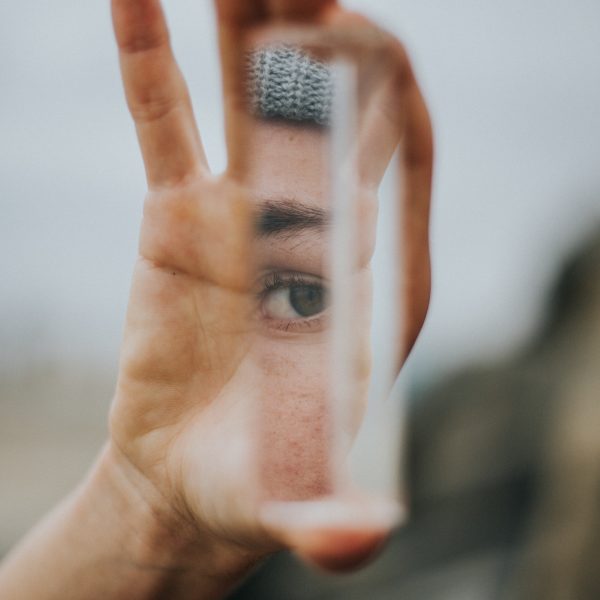Bestchance partners with Pretty Foundation to tackle body image in early childhood

Early childhood education and care (ECEC) provider bestchance has partnered with The Pretty Foundation to pilot a new program, Pretty Unique Week, which aims to teach three to five year old children to celebrate body diversity and embrace their uniqueness.
During Pretty Unique Week activities guided by research and evidence on the risk factors for children’s body dissatisfaction were presented to children created to align with the Victorian Early Years Learning and Development Framework.
The Pretty Unique Week program highlights the many ways for early childhood settings to create an environment in which children can develop a positive body image.
Studies have shown that 38 per cent of four-year-old girls in Australia are dissatisfied with their bodies and 28 per cent of boys want a different body size.
Body image in people of all ages is a combination of how we think and feel about our body — the shape, size, colour, facial characteristics — any aspect of appearance. Our image of our own bodies can be positive, negative, or even neutral.
The Pretty Foundation defines positive body image as something very simple: “Having a healthy body image means that you accept your body and appearance, most of the time.”
Children who develop a positive body image are more likely to:
- express high self-esteem,
- feel positive about themselves,
- be self-accepting, and
- engage in health-promoting behaviours, including healthy eating practices and physical activity.
Having a negative or unhealthy body image refers to disliking one’s body, and is related to feelings of shame.
Children who have feelings of dissatisfaction with their body are more likely to:
- exhibit low self–esteem,
- shy away from socialising or become withdrawn
- worry about the way that they look or what others think of them
- engage in unhealthy behaviours and disordered eating
- be at risk of developing depressive symptoms.
A child’s perception of their own body begins to develop from surprisingly early and research suggests these thoughts and feelings may be shaped by their early experiences and environments.
When children are around three to four years of age, children begin to develop a sense of their own body image and start noticing differences in their bodies versus peers by around four to five years old.
Body image is influenced by a range of environmental factors including parents, peers, and the media. An additional influence for children includes the adult role models in their lives, such as educators.
Therefore it is important that the adult role models in a child’s life are aware of the impact they can have.
Adults can influence a child’s body image through the way they model a range of health-related behaviours and attitudes (i.e. in the way they talk about their own body and appearance and that of others, their eating behaviours etc.)
Additionally, positive body image can be promoted through formal and informal learning opportunities, considering factors such as how lessons on food and nutrition are taught and the language used.
During early childhood, a home environment is a critical place of influence, but as children move into educational settings, these learning environments become increasingly influential.
To learn more about Pretty Foundation, please see here. To learn more about bestchance Child Care and Early Learning Centres, see here.
Popular

Policy
Practice
Provider
Quality
NSW Government launches sweeping reforms to improve safety and transparency in early learning
2025-06-30 10:02:40
by Fiona Alston

Provider
Takeovers panel declines Mayfield Childcare application, refers matter to ASIC
2025-06-30 10:30:15
by Fiona Alston

Economics
Policy
Provider
Workforce
Prime Minister Albanese backs Tasmanian Labor’s childcare plan, highlights national early learning progress
2025-06-30 10:42:02
by Fiona Alston













